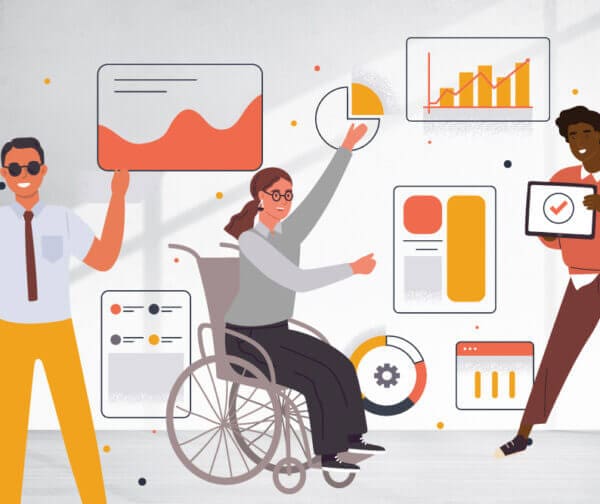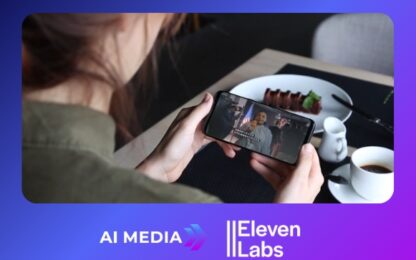
What is WCAG and How to Achieve Web Accessibility Compliance
What is WCAG?
‘WCAG’ is a term you might have heard in conversations about web accessibility for people with disability.
It stands for the ‘Web Content Accessibility Guidelines’, which are global guidelines for the accessibility of websites and web pages.
WCAG was developed by the World Wide Web Consortium (W3C), an international standards organization for the internet. The guidelines have undergone multiple updates since their beginning. The latest version governing public compliance is known as ‘WCAG 2.1’.
Do I Need to Comply?
WCAG compliance is widely recommended in many parts of the world – including the USA, Canada, Australia and parts of Europe. It is also supported by laws and policies in some regions. See what the laws are in your area.
WCAG 2.1: What You Need to Know
The defining element of WCAG 2.1 is that this version aims to make content accessible to a wider range of people with disabilities than ever before.
The guidelines include accommodations for “blindness and low vision, deafness and hearing loss, limited movement, speech disabilities, photosensitivity, and combinations of these, and some accommodation for learning disabilities and cognitive limitations”, according to W3C.
What Do I Need to Do to Comply?
There are many things you can do to make your website more accessible in compliance with WCAG 2.1. Some of these concepts apply to content production, and others to technology and website development.
- All time-based media such as recorded videos, audio clips and live streams are required to be made accessible through closed captions, transcripts, audio description and/or media alternative transcripts. All non-text content also needs to have a text alternative. This is part of the WCAG principle of adaptability: Content needs to be available in different ways ‘without losing information or structure’.
- On a visual level, you need to make it easy for users to see content by separating foreground from background, using color contrast and sufficient text spacing, to name a few methods.
- All functionality should be available from a keyboard so users don’t need to depend on a mouse, and ‘timeouts and reauthentications’ should be limited to give users enough time to read content.
- Websites should be easily navigable and predictable, meaning it is simple for users to find content and determine where they are, and the website functions in predictable ways.
This is not an exhaustive list! Read W3C’s Quick Reference page to see whether you or your organisation meet WCAG 2.1 requirements.
Examples of WCAG Compliance
Video is one of the most common types of media that is widely inaccessible to audiences. But there are many simple methods of making your videos accessible. Check out the examples below (which Ai-Media can assist with)!
Closed Captions
A text version of spoken dialogue and sound effects are displayed on screen for viewers to read, as an alternative to sound. Closed captions can be turned on and off by the viewer.
Open Captions
Spoken dialogue and sound effects are permanently displayed as text on screen. Unlike closed captions, open captions cannot be turned off, but are ‘burned on’ to the video.
Standard Audio Description
A voice-over narrates the visual elements of the video. The audio description is inserted into the existing gaps in the dialogue.
Extended Audio Description
A voice-over narrates the visual elements of the video. When there is not a sufficient gap in the dialogue, the video is paused to allow for the narration. These pauses extend the length of the video.
Transcripts
A written record is provided of the spoken dialogue in a video or audio clip.
Media Alternative Transcripts
A written record is provided of spoken dialogue, along with descriptions of the visual elements of the video.
Achieving Success in WCAG Compliance
The first step on your WCAG content journey is gaining awareness of your web accessibility gaps and how to address them. You’re already well on your way!
Explore the options in this article and from W3C to start improving your inclusiveness, audience engagement and success in the online world.
Visit Ai-Media’s website to learn all about our accessibility services covering captioning, translation and transcription.


